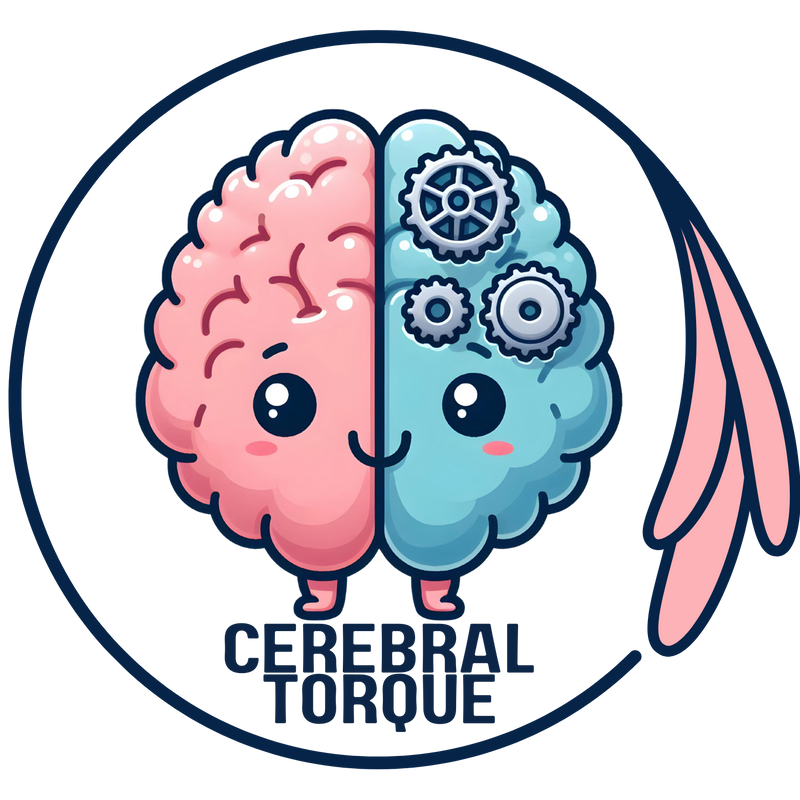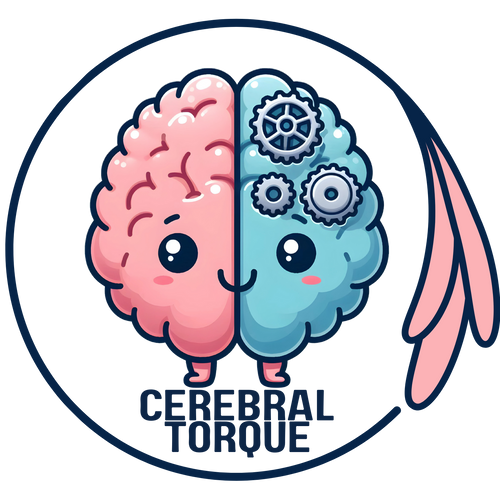Blood Flow Changes Between Migraine Attacks
Posted on May 02 2025,
Increased Cerebral Hemodynamics During the Interictal Period of Migraine
Overview
Migraine is a chronic neurological disorder ranked as the second leading cause of global disability-adjusted life years among women aged 15-49 years. This groundbreaking study employed advanced 4D flow MRI technology to investigate cerebral hemodynamic changes in migraine patients during the interictal period (between migraine attacks), revealing important connections between blood flow patterns and migraine features.
Quick Summary of Findings
- Migraine patients have significantly increased cerebral blood flow parameters even between attacks
- The study examined both middle cerebral artery (MCA) and posterior cerebral artery (PCA) blood flow
- Blood flow changes were observed in both arteries but showed different patterns
- The average flow rate in the PCA correlates with the duration of migraine history
- These findings provide new insights into the relationship between migraine and cerebrovascular changes
Study Design
The researchers used advanced 4D flow MRI to comprehensively examine blood flow patterns in the brains of migraine patients between attacks, comparing them to healthy matched controls.
What is 4D Flow MRI?
4D flow MRI, also known as time-resolved 3D phase-contrast MRI with three-directional velocity encodings, is an advanced imaging technique that provides three-dimensional visualization of blood flow throughout the entire cardiac cycle. It allows quantification of various hemodynamic parameters, such as velocity, flow rate, and wall shear stress, in any chosen blood vessel within the imaging area.
Key Findings: Middle Cerebral Artery
The research team found significant differences in blood flow parameters of the middle cerebral artery (MCA) between migraine patients and healthy controls. These findings persisted even after adjusting for mean blood pressure and heart rate.
"Increased PSV, Vavg and Flowavg in the MCA were found among migraine patients. The between-group differences in hemodynamic parameters remained statistically significant after adjusting for potential confounding factors."
Key Findings: Posterior Cerebral Artery
Interesting differences were also observed in the posterior cerebral artery (PCA), which supplies blood to the occipital lobe and parts of the temporal and parietal lobes.
What is Wall Shear Stress?
Wall shear stress (WSS) is the tangential force exerted by blood flow on the endothelial cells lining the vascular walls. It is directly proportional to the velocity gradient at the vessel wall. Disturbed WSS can act as a significant local stimulus contributing to platelet aggregation, thrombus formation, and vascular remodeling, independent of systemic factors.
Connection to Migraine Duration
One of the most significant findings of this study was the relationship between blood flow patterns and the duration of a patient's migraine history.
"A significantly positive correlation was identified between the Flowavg of the PCA and the duration of migraine history. This suggests a direct effect of the chronic course of migraine on the Flowavg of PCA."
Interestingly, no correlations were found between Flowavg of the PCA and other migraine features, including attack-free days, frequency, and severity of pain. Similarly, no significant differences in cerebral hemodynamics were observed between patients with and without prophylactic or acute medication use.
Implications for Understanding Migraine
The research offers valuable insights into the relationship between migraine and cerebrovascular function, with potential implications for treatment and management:
Key Implications
- Persistent Vascular Changes: Blood flow alterations persist even between migraine attacks, suggesting ongoing vascular adaptations
- Progressive Nature: The correlation with migraine duration suggests these changes may worsen over time
- Posterior Circulation Focus: The significant findings in the PCA align with previous research showing posterior circulation vulnerability in migraine sufferers
- Endothelial Dysfunction: Increased wall shear stress in the PCA may indicate underlying endothelial problems in migraine patients
- Stroke Risk Connection: The findings may help explain the established link between migraine and increased risk of cerebrovascular diseases
"The increased WSSavg observed in the PCA of migraineurs in our study is noteworthy as it corresponds to areas typically vulnerable to ischemic stroke in migraine sufferers, implying a possible underlying endothelial dysfunction."
Research Limitations
The authors acknowledge several limitations that should be considered when interpreting the results:
Despite these limitations, the study represents a significant advancement in understanding the cerebrovascular aspects of migraine and provides a foundation for future research with larger and more diverse patient populations.
Based on: Liu Y, Sun A, Zhang Y, Wang B, Kuang X, Dai F, Wang H, Ding J, Wang X. (2025). Increased cerebral hemodynamics during the interictal period of migraine and the association with migraine features. Clinical Radiology, 85(2025):106918. DOI: 10.1016/j.crad.2025.106918
Read the Full StudyMon, Nov 17, 25
Migraine Research - During the week of my absence.
Migraine Research - During the week of my absence. The Association Between Insomnia and Migraine Disability and Quality of Life This study examined how insomnia severity relates to migraine disability...
Read MoreSat, Nov 01, 25
Anti-CGRP Monoclonal Antibody Migraine Treatment: Super-Responders and Absolute Responders and When to Expect Results
Anti-CGRP monoclonal antibodies achieved 70% super-response and 23% complete migraine freedom in a one-year study. Most dramatic improvements occurred after 6 months of treatment. For patients with chronic or high-frequency...
Read MoreAll Non-Invasive Neuromodulation Devices for Migraine Treatment
Wondering if migraine devices actually work? This guide breaks down the latest evidence on non-invasive neuromodulation devices like Cefaly, Nerivio, and gammaCore. Learn which devices have solid research backing them,...
Read More



